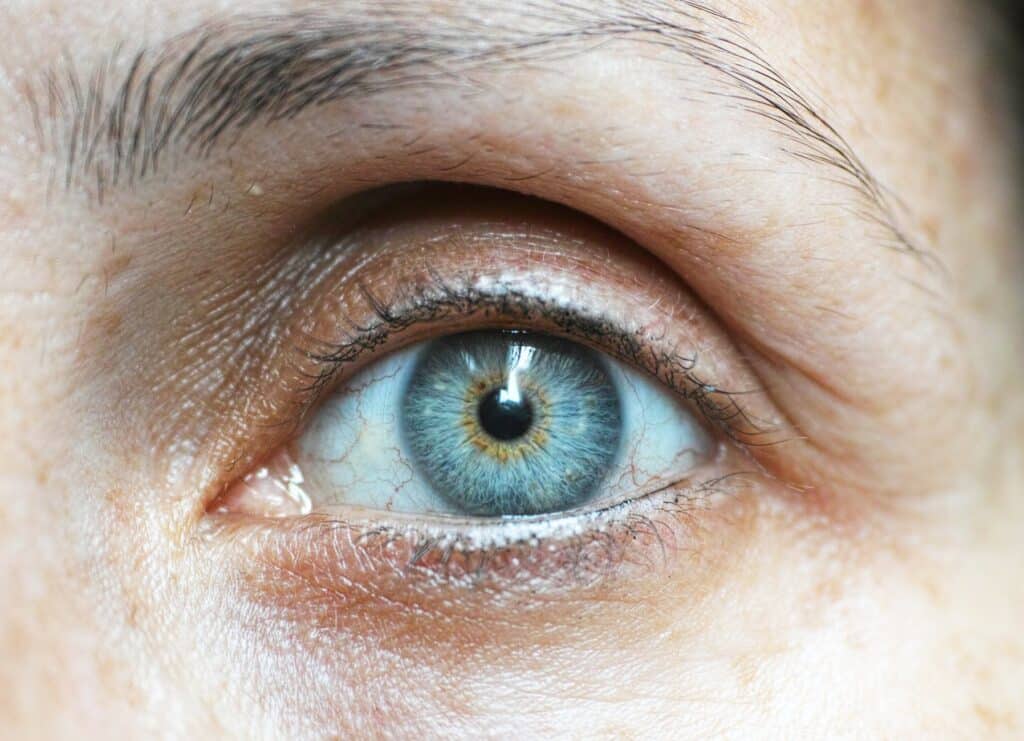
Introduction
Ophthalmology diagnostics play a crucial role in identifying and evaluating various eye conditions and diseases. With a range of advanced imaging and screening technologies at their disposal, ophthalmologists can gain valuable insights into the health of the eye and provide timely and accurate diagnoses. In this article, we will explore the key aspects of ophthalmology diagnostics, shedding light on the tools and techniques that enable ophthalmologists to look into the intricate world of the eye.
1. Visual Acuity TestingVisual acuity testing is one of the most fundamental ophthalmology diagnostics. Using an eye chart, ophthalmologists assess a patient’s ability to see and identify letters or symbols at various distances. This test helps determine the clarity and sharpness of the patient’s vision, and it is often the initial step in evaluating potential refractive errors or visual impairments.
2. Slit Lamp Biomicroscopy
Slit lamp biomicroscopy is a specialized examination technique that allows ophthalmologists to view the various structures of the eye in detail. By using a focused beam of light, ophthalmologists can assess the cornea, lens, iris, and other anterior structures, helping to diagnose conditions like cataracts, corneal abnormalities, and iritis.
3. Fundus Examination
Fundus examination involves the visualization of the back of the eye, specifically the retina, optic nerve, and blood vessels. Ophthalmologists use various instruments, such as ophthalmoscopes and fundus cameras, to examine the fundus. This evaluation is crucial for diagnosing and monitoring conditions like diabetic retinopathy, age-related macular degeneration, and glaucoma.
4. Optical Coherence Tomography (OCT)
Optical Coherence Tomography (OCT) is an advanced imaging technology that provides high-resolution, cross-sectional images of the retina and other structures of the eye. OCT enables ophthalmologists to identify and monitor conditions like macular edema, retinal detachments, and optic nerve disorders with remarkable precision.
5. Gonioscopy
Gonioscopy is a diagnostic technique used to assess the drainage angle of the eye. By placing a special contact lens on the eye, ophthalmologists can visualize the structures responsible for draining the aqueous humor. This examination is essential in diagnosing and managing glaucoma and determining the appropriate treatment approach.
6. Visual Field Testing
Visual field testing evaluates a patient’s peripheral vision, helping to detect any defects or abnormalities. This diagnostic tool is crucial for diagnosing conditions like glaucoma, optic nerve disorders, and neurological conditions that may affect visual field function.
7. Fluorescein AngiographyFluorescein angiography is a diagnostic procedure that involves injecting a dye into the bloodstream and capturing images as the dye flows through the blood vessels of the retina. This test helps ophthalmologists assess the blood flow in the retina and identify conditions like macular degeneration and diabetic retinopathy.
Conclusion
Ophthalmology diagnostics offer a window into the intricate world of the eye, enabling ophthalmologists to make accurate and timely diagnoses. From basic visual acuity testing to advanced imaging technologies like OCT and fluorescein angiography, these diagnostic tools empower ophthalmologists to provide optimal eye care and preserve precious vision. Through the looking glass of ophthalmology diagnostics, patients can receive early detection, personalized treatment plans, and better visual outcomes. As technology continues to advance, ophthalmology diagnostics will remain an indispensable component of eye care, ensuring that the world of ophthalmology continues to evolve and provide a clearer vision for all.